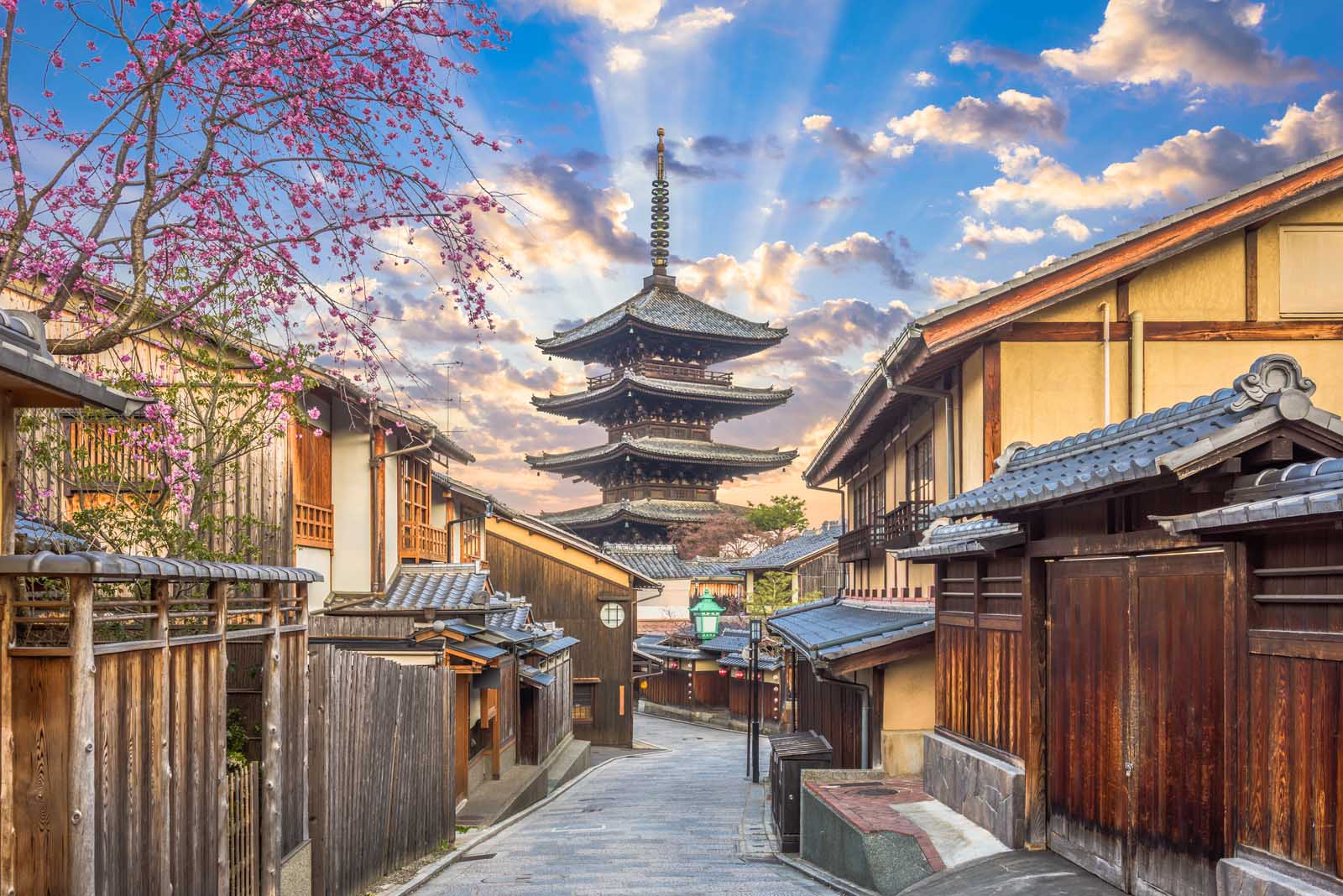Kyoto, the old capital of Japan, is a city where heritage and history blend harmoniously, offering a vibrant tapestry of events that reflect the profound heritage of its citizens. Throughout the year, residents and visitors alike assemble to commemorate Kyoto's diverse cultural tapestry, from impressive processions adorned with intricate floats to tranquil rituals steeped in tradition. Each event serves as a glimpse into the past, showcasing the artistry, spirituality, and communal bond that define this enchanting city.
As the seasons change, so do the events, each bringing its own unique energy and excitement. The Kyoto Cultural Festivals are not merely occasions; they are living expressions of long-standing traditions that continue to prosper in contemporary society. Whether it is the subtle charm of the Gion Matsuri in the seventh month or the lively shades of the Jidai Matsuri in the tenth month, each festival offers a glimpse into the enduring legacy of Kyoto's customs and the strong appreciation for nature and elders that rings true through every celebration.
Cultural Significance of Kyoto Celebrations
Kyoto's festivals have deep roots in the urban past, reflecting centuries of traditions that celebrate the shifting seasons, religious faiths, and the agricultural cycle. https://festivation.com/kyoto-festivals of these festivals can be traced their origins back to the Heian period, when nobles and clergy would hold ceremonies for the deities, seeking favor for good harvests and protection from disasters. This historical backdrop enriches the cultural landscape of Kyoto, as festivals became a way to maintain community ties and transmit cultural heritage through generations.
One of the most famous celebrations is the Gion Matsuri, which started as a cleansing rite to placate the deities during a time of plague in the 9th century. Over time, this celebration has evolved into an elaborate event featuring stunning floats, traditional clothing, and a colorful display of local art and craftsmanship. Such gatherings like these not only underscore the city's historical struggles and triumphs but also function as a reminder of the importance of unity and communal identity in the face of adversity.
Moreover, the city's celebrations are closely tied to Shinto and Buddhist practices, showcasing the city's spiritual heritage. These rituals often include ceremonies that honor gods, reflect cosmological views, and mark life events. The blending of faith and celebration demonstrates how Kyoto's culture has preserved its historic ways while adapting to modern society. This dynamic relationship between tradition and contemporaneity is a signature of the city's festivals, making them crucial to grasping the city's historical and cultural significance.
Key Cultural Festivals in Kyoto

Kyoto is home to numerous cultural festivals that showcase its rich heritage and vibrant community spirit. One of the most renowned events is the Gion Matsuri, held throughout July. This festival features intricate floats and classic parades, drawing many of visitors each year. The highlight is the Yamaboko Junko, where massive floats adorned with detailed designs are paraded along the streets. This festival not just celebrates the city's history but also reflects the craftsmanship and artistry of Kyoto's artisans.
Another significant event is the Aoi Matsuri, which is celebrated in May. This festival dates back to the Heian period and is known for its elegant processions featuring participants dressed in period clothing. The procession moves from the Kyoto Imperial Palace to the Kamo Shrines, showcasing cultural rituals and practices tied to Shinto beliefs. Aoi Matsuri highlights the blending of spirituality and cultural heritage within the local community, drawing spectators to witness age-old traditions still revered today.
The Jidai Matsuri, or Festival of Ages, is celebrated on October 22 and offers a glimpse into Kyoto's historical timeline. Participants dress in costumes representing various eras from the city's rich past, paying homage to its evolution from the Heian period through the Meiji Restoration. This festival not only entertains but serves as a living history lesson, fueling the appreciation for Kyoto's unique cultural identity. Each of these festivals plays a crucial role in preserving and promoting Kyoto's cultural traditions, ensuring they persist to thrive in modern times.
Safeguarding Traditions by Celebration
The Kyoto's Celebrations stand as a symbol to the urban area's profound culture, encapsulating the spirit of the traditions of Kyoto customs. Every festival is an chance for the community to unite, participating in age-old customs that have been transmitted through ages. These celebrations not only celebrate significant events but also serve as a dynamic showcase of the special customs that distinguish Kyoto. The thrill felt during these celebrations highlights the value of maintaining cultural heritage in a swiftly transforming world.
Moreover, Kyoto culture events are a venue for artists and crafters to display their crafts, preserving that time-honored skills are continued. From detailed kimono designs to the steady beats of taiko drums, every aspect represents a part of Kyoto's deep history. By taking part in these festivities, residents and visitors alike cultivate their appreciation for the splendor of traditional art, reinforcing the idea that art thrives in communal settings. This cross-generational exchange during festivals encourages a community spirit and teaches the next generations about their history.
Finally, Kyoto's dedication to its traditions through these celebrations underscores the region's devotion to sustaining culture. Festivals like Gion Festival and Aoi Festival not only draw in tourists but also involve the community in meaningful ways. This blending of daily life and cultural celebration guarantees that the liveliness of Kyoto culture remains vital. As the city embraces change while celebrating its history, the festivals of Kyoto become a exciting expression of heritage that keeps to captivate all who witness them.
